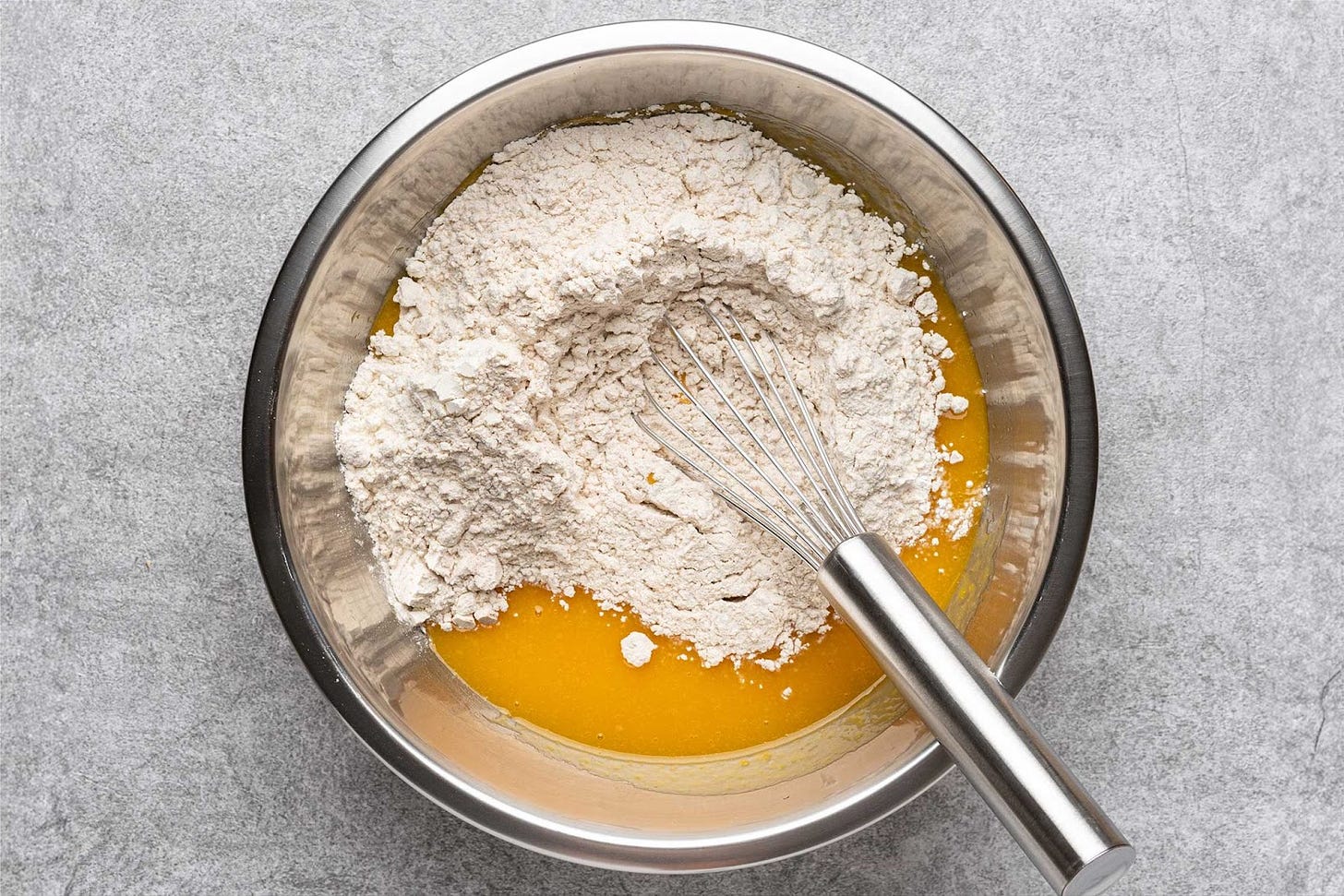Buy less for your holiday baking with these 11 swaps
The first rule of planet-friendly cooking: Use what you’ve got
Welcome back to Cool Beans, holiday-bound planet-savers! It’s officially baking season, and in our ongoing quest to make your culinary endeavors more sustainable, we’re here to help you use what you’ve got instead of buying new ingredients you may only need once. Food waste runs rampant around the holidays; in fact, Americans tossed 305 million pounds of grub last Thanksgiving. Reducing that total is a powerful way to counter the climate crisis.

We’ve compiled a list of at-the-ready swaps for 11 common baking ingredients. So when the apple pie recipe calls for a tablespoon of cornstarch, the cranberry-orange quick bread uses something other than all-purpose flour, or you run out of eggs at the last second, you’ll know what to reach for instead of dashing to the store.
Baking powder
What to sub: Per teaspoon of baking powder, use ¼ teaspoon baking soda plus ½ teaspoon cream of tartar, lemon juice, or vinegar.
Why it works: Baking powder is baking soda (sodium bicarbonate) mixed with an acid. When sodium bicarbonate is heated, it releases CO2, which makes baked goods rise; it also creates sodium carbonate, which tastes bad. Acid neutralizes it.
Baking soda
What to sub: Baking powder, at a 3:1 ratio (e.g., 3 tablespoons of powder per 1 of soda).
Why it works: Baking soda is the more powerful leavening agent, which is why you need more powder to achieve the same rise. Because baking powder contains acid (and you’re using a lot of it) you may taste it in the finished product.
Brown sugar
What to sub: Granulated sugar plus molasses (or maple syrup). Mix a scant cup of granulated sugar and 1 tablespoon molasses for light brown sugar and 2 tablespoons for dark brown sugar.
Why it works: Brown sugar is regular sugar combined with molasses, so mixing everyday granules with something dark, sticky, and sweet is a spot-on mimic.
Buttermilk
What to sub: Milk (cow, soy, or oat) plus acid. Mix 1 cup minus 1 tablespoon milk with 1 tablespoon lemon juice or vinegar, and let stand for 10 minutes.
Why it works: Commercial buttermilk gets its tartness via fermentation with bacterial cultures; the flavor can be replicated to some degree by mixing milk with acid.




